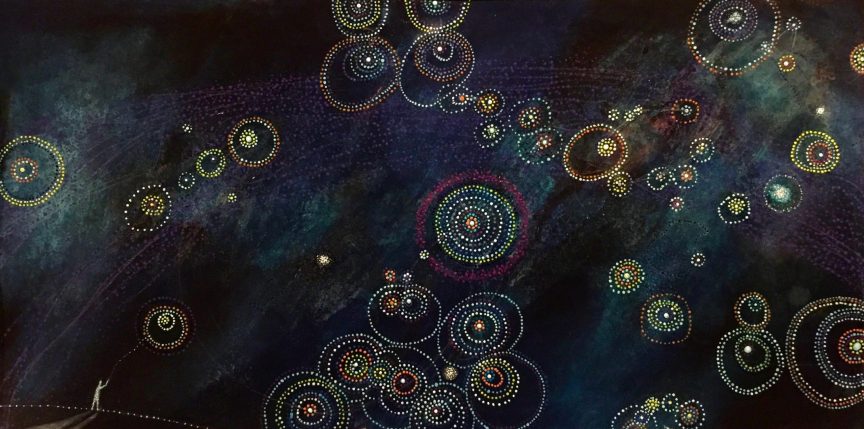“We come from the stars,” says artist and astronomer Dr. Annette Lee.
But she doesn’t just mean the atoms that make up our physical beings, as told by astrophysicists.
Lee is mixed-race Lakota and part of the Ojibwe and D/Lakota communities. In her culture, people have four components: mind, body, heart, and spirit. The spirit is pure energy, or star. “We have part of us that’s our star part, and it was alive and well way before we got here to this human lifetime,” she explains. “And it’s going to be going on after this.”
Not only are the stars part of her; they also called her to the field of astronomy.
“Ever since I was in the womb—before I was born, probably—I had this very close connection with the stars and a lot of dreams about the stars, a lot of what we call spirit dreams,” Lee says. “I wasn’t a person who just decided one day, ‘oh, I’m going to do astronomy.’ I came here, [and] I knew exactly what were my strengths—my medicines, we call them.”
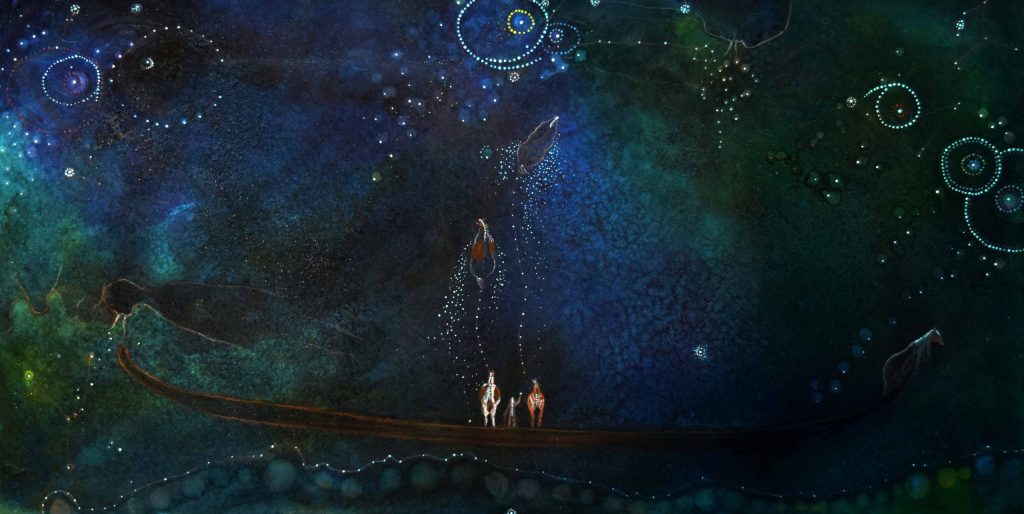

In addition to being a scientist, Lee has been professionally trained and working in visual arts for the past 40 years, describing art as her “oldest friend.” However, she faced hurdles in her early career days. Colleagues told her she must choose either science or art to pursue professionally.
“Going along in academia, I almost felt like a ping pong ball or a pendulum,” Lee describes. “It’s got to be one or the other—I did mathematics, then I did painting, then I did astrophysics, then I did painting.”
However, her culture helped her understand that science and art need not be separated. Lee believes that art and science are connected to the different components of mind, body, heart, and spirit. “The science is rooted in the mind and the body, and the art is more rooted in the heart and the spirit,” she explains.
But all four should be balanced and valued equally, which is where culture comes in. “The culture is everything,” Lee says, describing that culture is connected with all four components and provides a wider context for both art and science.
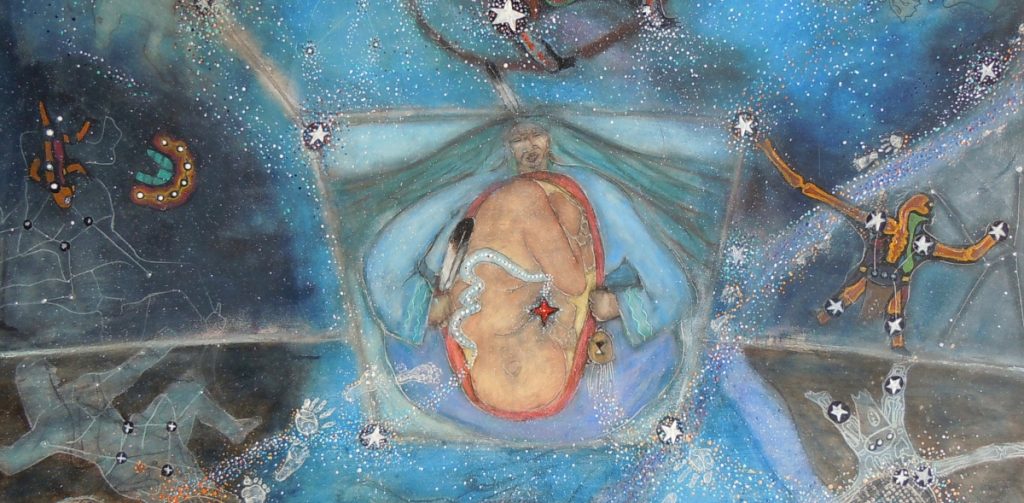
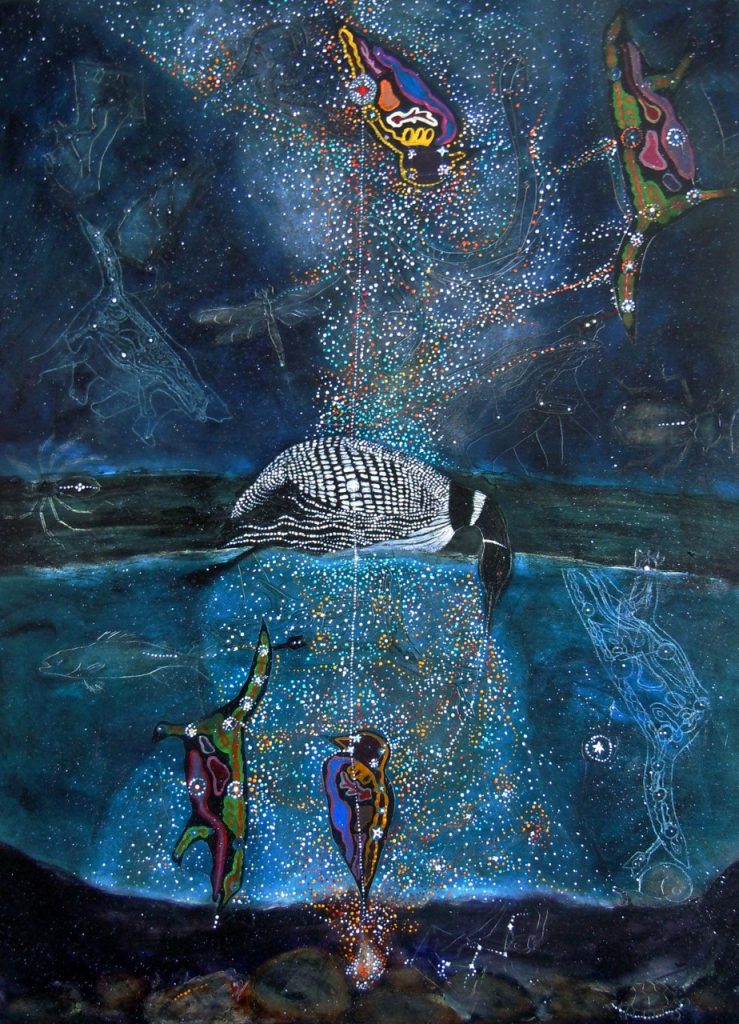
In an effort to blend science, art, and culture and continue her lifelong vision of having a relationship with the stars, Lee founded Native Skywatchers.
Native Skywatchers is an initiative dedicated to revitalizing Indigenous astronomy. The organization began in 2007 as a grassroots movement within the Ojibwe and D/Lakota communities to collect the star knowledge scattered between individuals’ memories and historical archives. The goal is to create resources to bring Indigenous star and earth knowledge back into their communities because many people, especially those of younger generations, are unaware of this cultural information.
“Our young people are just overwhelmed, our people in general are overwhelmed, by the loss of that knowledge, that culture. [They’re] just giving up,” Lee says.
But within this Indigenous knowledge, Lee emphasizes that there is hope and a sense of purpose that must be passed on within communities and between generations.
“Through this connection of art and science and culture, particularly though Native Skywatchers, our mission is to give people, and especially young Indigenous people, that sense of pride, or greater pride, that a lot has been lost, but [that] there were ideas and ways of knowing that were extremely exceptional,” she explains. “We need to remember those and let our young people know those, and that when they look at the night sky, it’s not just those Greek constellations. Those are our relatives. Those stars are our oldest living relatives. The connection to the stars is your lifeline.”
Thus far, the Native Skywatchers team members, many of whom are artists, have illustrated four star maps (three Indigenous and one Greek) and are working on a fifth. These maps and other resources are presented at workshops geared towards teachers in the hopes that they be used in school classrooms.

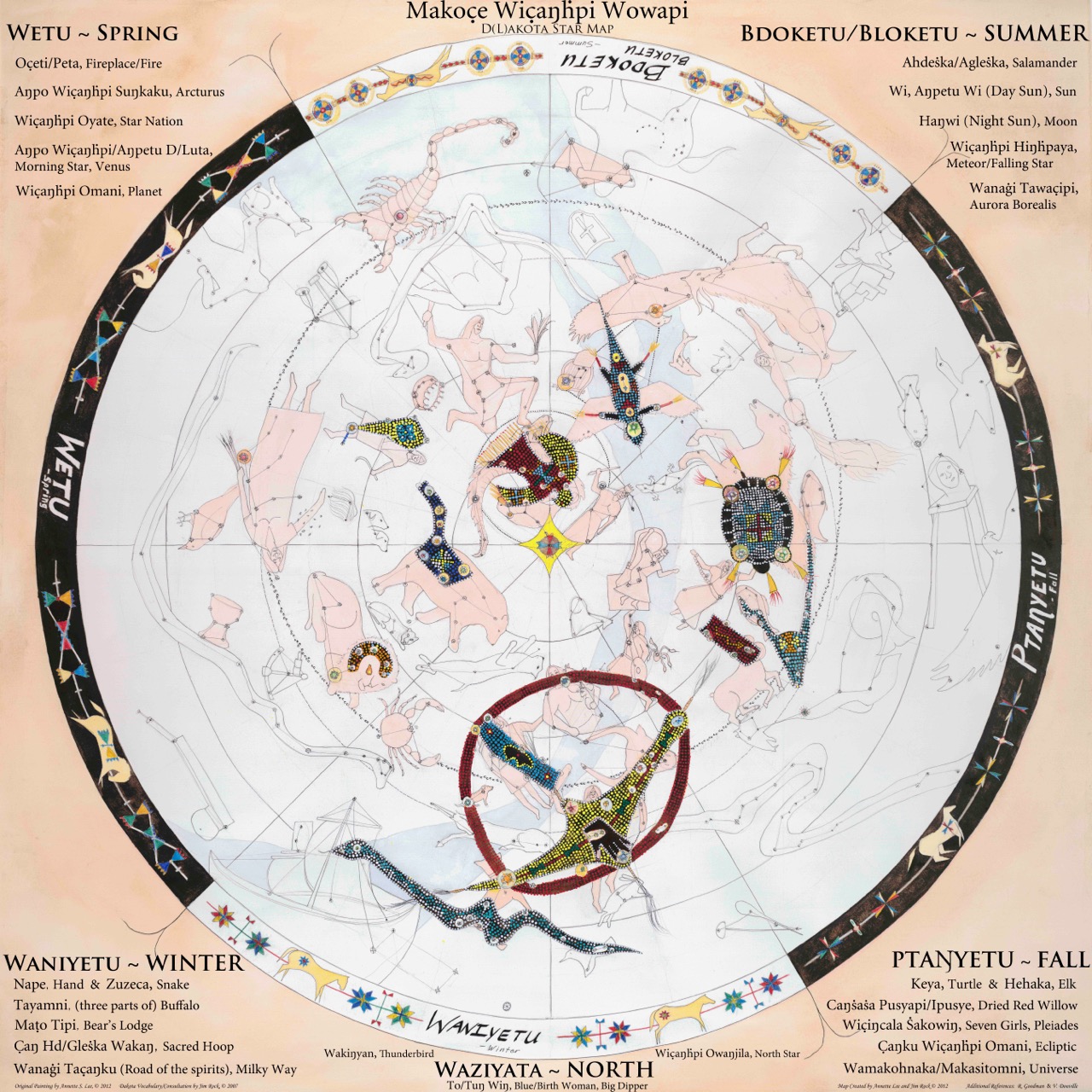
The organization has also hosted dozens of art-making workshops that have brought Indigenous star knowledge to Native American communities, schools, libraries, and museums across the state of Minnesota.
These workshops use art to teach about Indigenous connections to the earth, sky, and stars. In some past workshops, participants were led through painting their own star maps while learning about D/Lakota astronomy. In others, attendees carved animal stones and learned about Ojibwe clans and star knowledge.
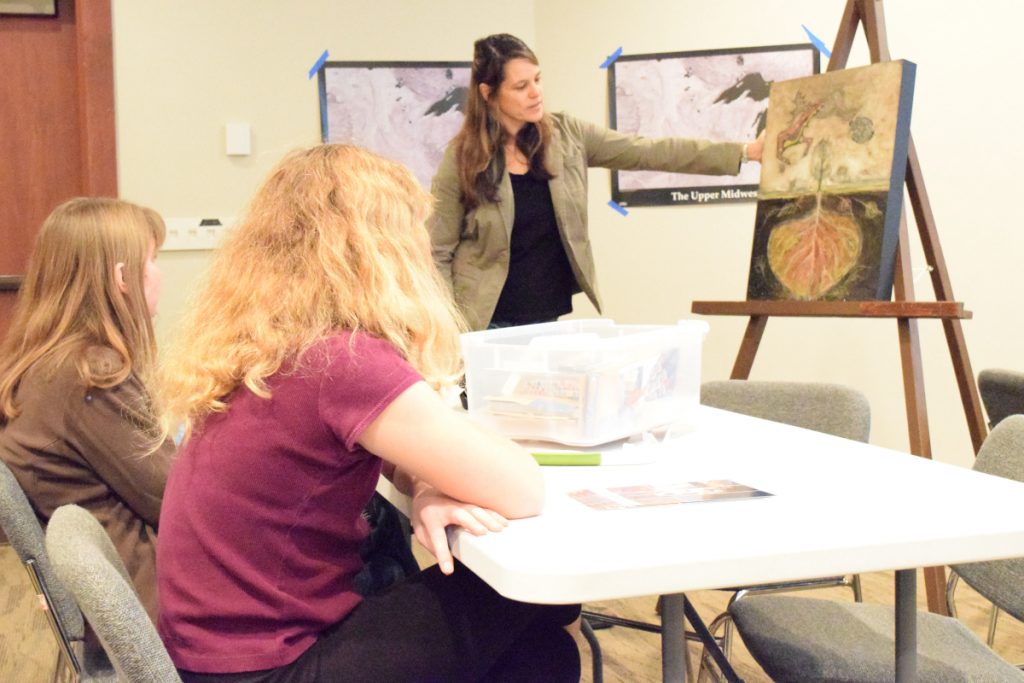
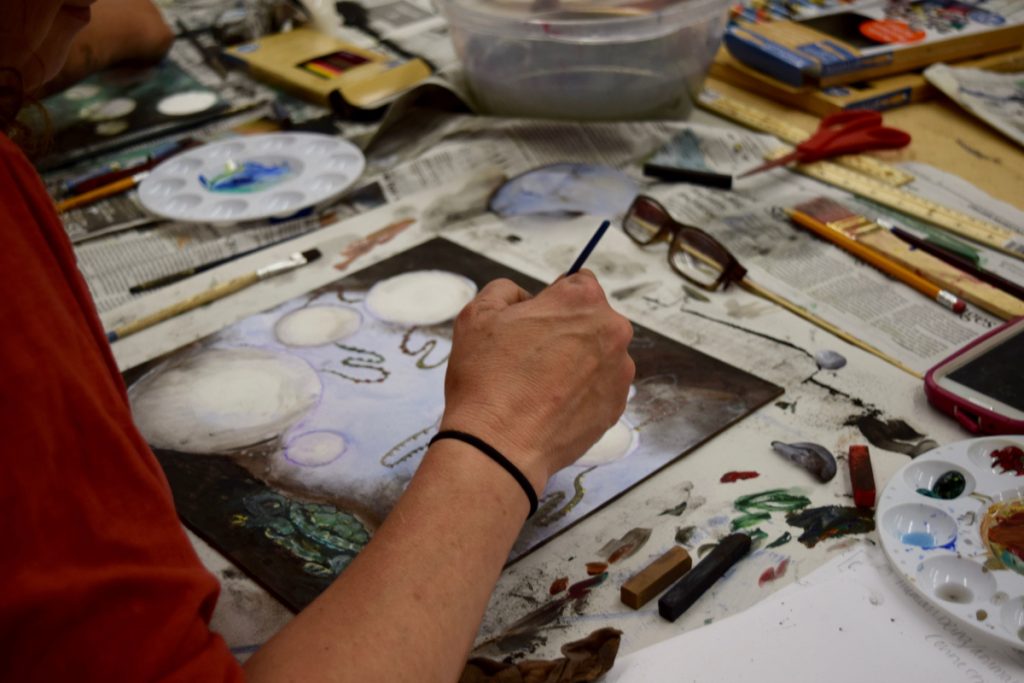
“I was always impressed that this showed people were really thirsty to learn about the Indigenous knowledge and the science,” explains Lee. “You do a hands-on project right there with a group of 30 people. Some of them are total strangers, and they’re just diving in fearlessly. I really was impressed with the level of engagement.”
From those workshops, the Native Skywatchers team created an art exhibition. They compiled pieces made by the professional artists within the group as well as workshop participants. This traveling arts show, called Native Skywatchers – Earth Sky Connections, visited multiple states in the U.S. to “share visual stories, both personal and cultural, about multidimensional relationships to the earth and sky.”
Looking back on the experience, Lee says, “It was amazing how galleries and the people and the staff are in it because they believe in this cause and believe in art. What I would love to do is just scale that up, the same idea but nationally and globally, because it was such a meaningful project.”
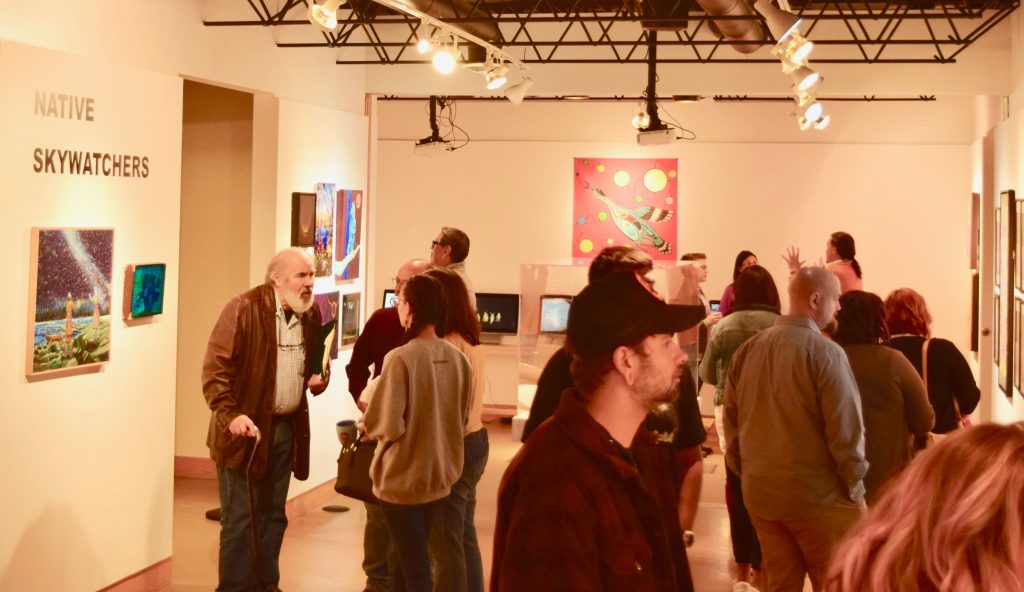

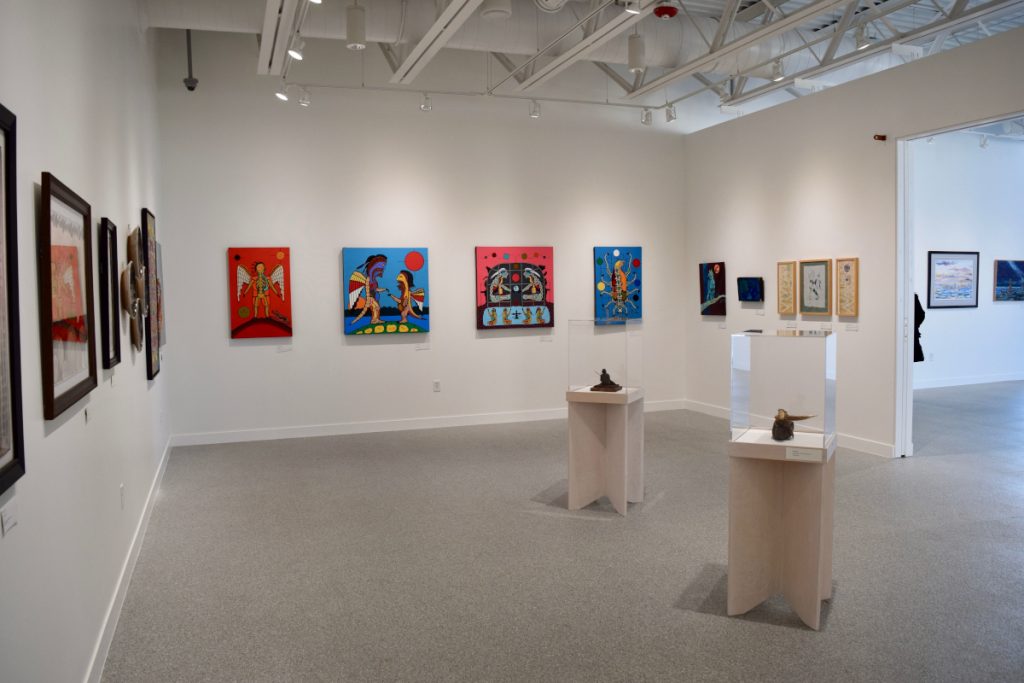
Through Native Skywatchers, Lee has reinforced her own identity and vision. Founding and directing this organization solidified her understanding that science and art didn’t have to be a binary choice.
“Native Skywatchers gave me the force that allowed me to have the clarity to realize that the world was big enough and people were forward-thinking enough to not have to separate it out,” Lee explains.
“It didn’t have to be divide and conquer,” she says. “When we can combine the art and the science and the culture, it’s actually the strongest because that is the deeper way, the deeper source. That’s truer to our humanity and to our spirit.”

For more by Annette Lee, visit her websites (annettelee.com, St. Cloud State University faculty page, St. Cloud State University Planetarium). For more about Native Skywatchers, visit their website.
Share this Post

